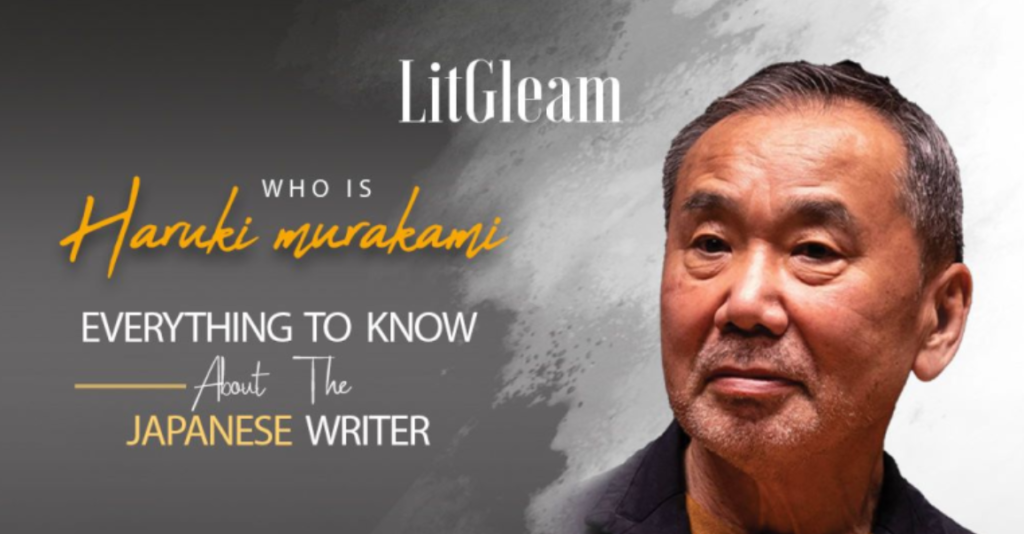
Lesson 43 Traditional Weddings
Topic Question: “Can you tell me about traditional Japanese wedding ceremonies?”
▮ Try Answering the Question Yourself
Consider what you know or have heard about Japanese wedding traditions. How do they compare to wedding ceremonies in other cultures?
Sample Answer
“Traditional Japanese weddings are unique. They include ceremonies like the San-San-Kudo, wearing kimonos, and exchanging symbolic gifts. These rituals celebrate the union of families and honor ancestral traditions. They’re deeply meaningful.”
▮ Words to Learn and Their Meanings about Sample Answer
Pronounce the Words Correctly (Pronunciation Training) + Make Sentences Using the Words Instantly
- Unique (ユニークな): Being the only one of its kind; unlike anything else.
- Ceremonies (式典): Formal religious or public occasions, typically celebrating a particular event.
- Rituals (儀式): A series of actions performed according to a prescribed order.
- Union (結合): The act of joining two or more things together.
- Ancestral (先祖の): Relating to or inherited from ancestors.
▮ Answer the Instructor’s Questions Based on the Sample Answer
- What are some key elements of a traditional Japanese wedding?
- How do traditional Japanese weddings celebrate the union of families?
- Can you explain the significance of the San-San-Kudo ceremony?
▮ Mastering Middle School English Grammar:
too/either so am I / neither do I, etc.
Too and either

We use too and either at the end of a sentence.
We use too after a positi11e verb:
● A: I’m happy.
B: I’m happy, too.
● Jane is a doctor. Her husband is a doctor, too.
We use either after a negative verb:
● A: I’m not happy.
B: I’m not happy, either. (not I’m not…, too.)
● Bill doesn’t watch TV He doesn’t read newspapers, either.
so am I I neither do I, etc.

so am I = I am, too
so have I= I have, too (etc.):
● A: I ‘m working.
B: So am I. (= I’m,vorking, too)
● A: I was late for work today.
B: So was Sam. (= Sam was late, coo)
neither am I = I’m not, either
neither can I = I can’c, either (etc.):
● A: I haven’t been to China
B: Neither have I. (= I haven’t, either)
● A: Kate can’t cook.
B: Neither can Tom.
(= Tom can’t, either)
▮ Activity: Create Your Sentences
Using the grammar focus, create sentences related to traditional Japanese weddings or any cultural ceremony you find interesting.
“I admire the beauty of traditional Japanese weddings, too.”
“I haven’t participated in a tea ceremony, and my friend hasn’t either.”
“My family values cultural traditions. So does theirs.”
Make Sentences Based on the Above Example Sentences Yourself:
























